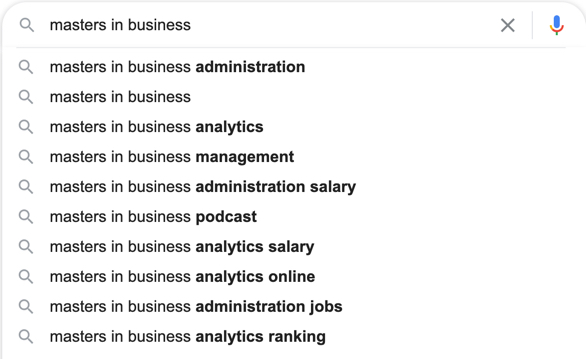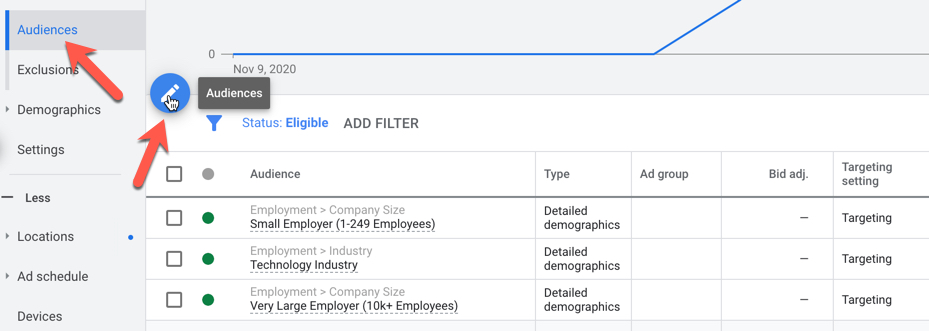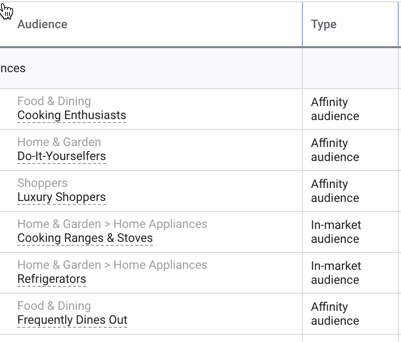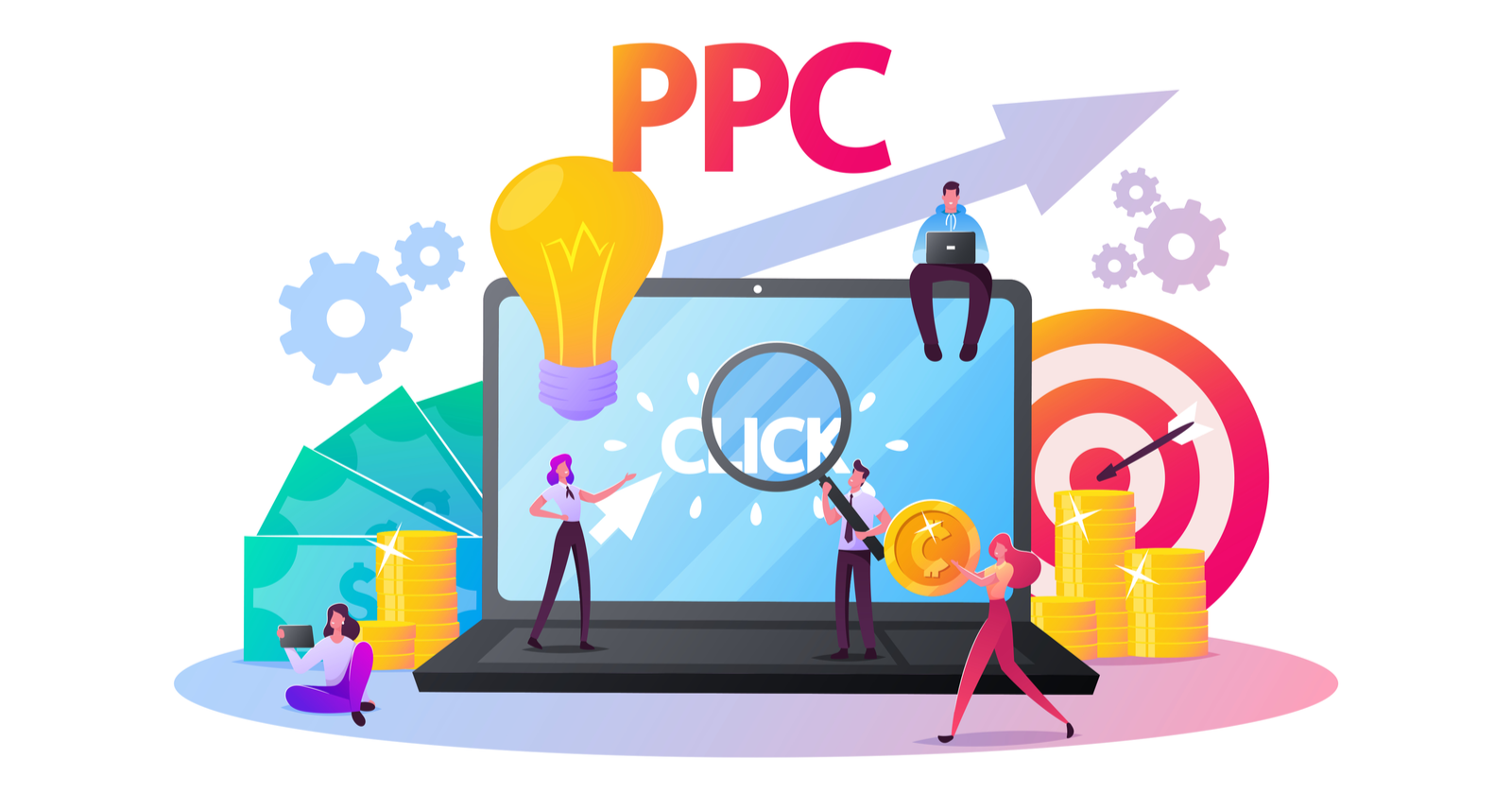Working in different verticals will quickly teach you something about cost per click: it varies wildly.
A CPC for a pair of sneakers will be in a totally different ballpark than searches for exterminator services, for example.
In general, if what’s being advertised doesn’t cost much, the average CPC is lower.
It’s really a function of economics for retailers and services: each sale is only worth but so much, and costs that aren’t in line with that don’t make sense to spend.
So in other words, shoe retailers are all going to max out around the same ranges, because their margins aren’t drastically different from one another. This tends to set the price for a given vertical.
Still, this creates challenges for instances where CPCs are higher: every click matters, and it costs dearly.
Many retailers are willing to pay those costs, either because their product is worth that much, or they know they will make it back over time because of a customer’s lifetime value.
I’ve worked with various clients competing in ridiculously high CPC environments, and currently work in-house doing it.
It’s like high stakes gambling some days, but positive ROI doesn’t have to be elusive.
There are a few steps you can take that will help your ROI when your costs might make some break into a sweat.
1. Have Proper Tracking in Place
Seems like a no-brainer, right?
It’s surprising when you work with high-cost client environments and find they still do not track phone calls generated from PPC campaigns.
A feature like call tracking used to seem too complicated for local businesses. It required coding, extra subscription fees, etc. and CPCs were relatively low back in the day, so it didn’t seem worth the hassle.
Nowadays, industries like HVAC or lawyers can routinely pay upwards of $100 per click, which means they could lose even more money if they don’t utilize a platform to track phone calls.
These days, a simple sign up and a snippet on the website will give a bunch of insight on where those high-dollar leads are coming from.
This can help concentrate budget where it’s best spent, and free up funds from flailing campaigns.
2. Be Careful with Keyword Matching
The world of keyword matching has changed a lot since Google made Exact Match…well, not Exact.
When it comes to the search terms and how your keywords are matched to them, look at everything.
Just checking your broad or modified broad is no longer enough.
If you want to force search terms to match to a specific ad group, it takes more work than ever.
Google will take a lot of liberties with your matching these days, including substituting terms it thinks are equivalent to the ones you have.
Complicating this, Google stopped showing advertisers all the search terms they are matching for:

This means being as vigilant as possible about the data you do have is even more important.
3. Launch With Aggressive Negative Keyword Lists
While this was something usually reserved for Broad Match, the ore recent issues outlined in the previous section make this even more important.
With Exact Match taking more liberties than it used to, and a lack of transparency about how your keywords might be matched, establishing negatives out of the gate can help mitigate the impact of these.
One irrelevant click could cost you $100+.
So I use keyword research in the reverse: use it to find terms you don’t want.
This can be done using the Keyword Planner to see the related terms that it suggests.
You can also use Google’s suggestions when you search to see if it suggests any long-tail queries that you want to avoid.
For example, many accounts automatically exclude queries with “jobs,” because it’s an employment seeker, and not a potential customer.

Other examples are searches including “customer service numbers” or “logins,” indicating it’s a current customer looking for information.
You can also infer people who are information seekers, or ones who may be competitors in your industry with references like “podcast” in the query.
4. Evaluate Device Relevance for Conversions
Users sometimes have behavioral differences on mobile devices versus desktop or tablet, but it isn’t consistent in a high-spend environment.
Let’s look at two examples of how this could be different.
Let’s say you live in Texas, and your air conditioning dies during August.
HVAC clicks are notoriously expensive, and it’s not hard to see why: the jobs are urgent, and worth a fair amount.
How do you think most of those users are searching?
They’re on their phones while they’re trying to get the A/C to work, not sitting at their desk doing careful research on their laptop.
In these cases, mobile users are highly valuable, especially because they’re likely to just click-to-call right from the ad and not necessarily go to a site.
They need a fast fix!
Now let’s turn to an example in a completely different realm: business to business.
Many B2B verticals are also very expensive when it comes to CPC, but for different reasons: they’re very high-dollar deal amounts that can take months (or years!) to close.
They’re worth a lot, but for a different reason than our HVAC example.
Are these users researching something like high-dollar software solutions on their phone?
Probably not so much.
In this case, desktop users are probably more valuable than mobile ones.
Understanding where your conversion actions come from is important in your bid strategy.
Make sure you pay attention to the data not only in Google Ads, but also in any CRMs you might use to understand the full purchase cycle of users and their devices.
5. Use Remarketing to Help Drive Lower Click Costs
Using Remarketing Lists for Search Ads (RLSA) is a way to show your ads for those highly competitive keywords, but possibly for less money.
Bidding on keywords in an open auction means you’re up against every competitor.
It also means there might be searches that indicate a possible future customer (i.e., information searches like “what is…” or “how do I….”), so a high CPC for where they are in their customer journey doesn’t make sense.
One way to stay present as people search without having to clamor for them on the open market is by using RLSA.
Just like display remarketing, you can apply a customer list of your choosing, and only show your ads to those users who search for those higher-competition keywords.
This keeps your brand persistently in front of users, but at a lower overall cost.
RLSA can be applied at the Campaign or Ad Group level:

Choose your remarketing audiences, and “Targeting” as the setting.
This will ensure any keywords in that Ad Group only show to the users in those lists you’ve specified. You can set different bids for these users, based on what makes sense for your metrics.
6. Use Audiences to Bid Based on Relevance
This tactic is similar to RLSA, but instead of using your own customer lists, you use Google’s.
If, for example, you know your customer tends to be a Foodie, or into Home Remodeling, you can have only users in those groups see your ads when they search.
It works just like the RLSA function, but you can choose “Targeting” or “Observation.”

With “Targeting,” only the users who fall into those audiences will see your ads.
With “Observation,” all searchers can still see the ad, but you can see specifically how users in those audiences behave.
You can also make bid adjustments to increase or decrease for those audiences based on the results you see over time.

Conclusion
Highly competitive bid environments are only going to remain that way, and every day we are seeing CPCs rise in nascent industries as they grow.
Google Ads has been criticized for removing some of the control PPC practitioners used to enjoy, but there’s still maneuvering that can be done to get ahead to mitigate losses in these higher-stakes environments.
Applying marketing principles like user habits, interests, and existing relationships with your brand can help you better target and cut your costs.
Combatting the lack of transparency directly in an account can be fended off to a degree by using the research available in Google’s own tools.
Usually, the best results come from all of these efforts, to some degree.
Create a testing outline, and make sure to document your results along the way to find your winning combination!
More Resources:
- 10 Important PPC Trends to Watch in 2021
- It Isn’t Business as Always: Adapting PPC Strategy in Changing Times
- PPC 101: A Complete Guide to PPC Marketing Basics




